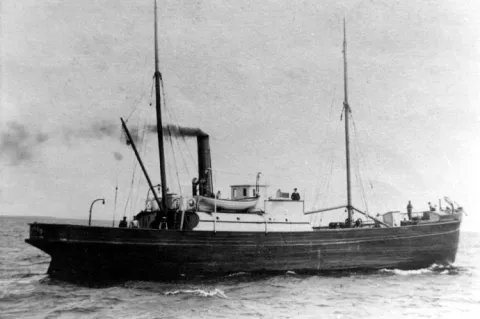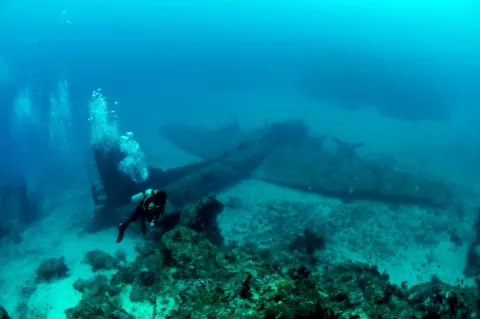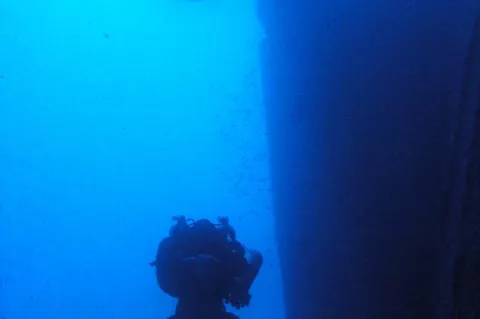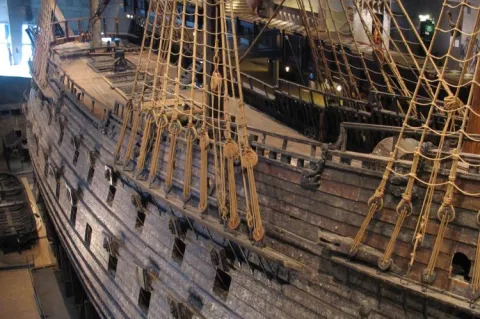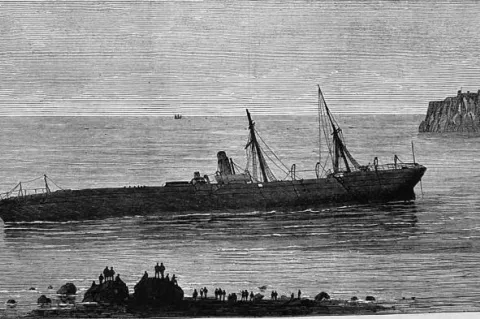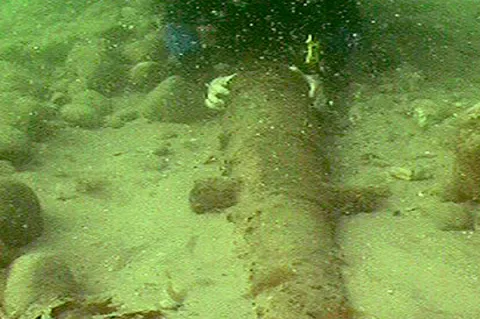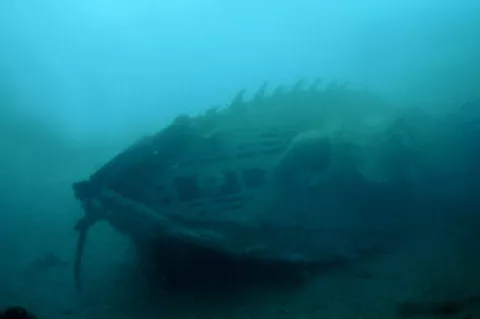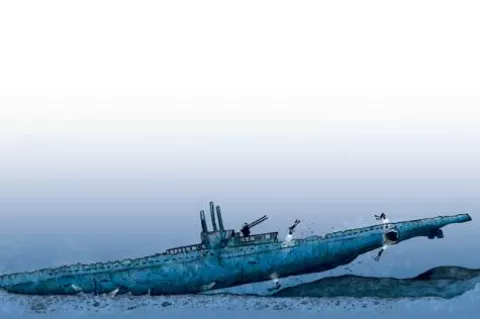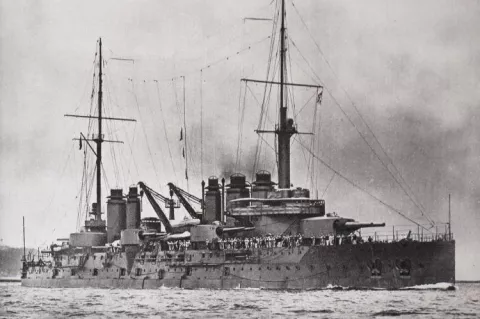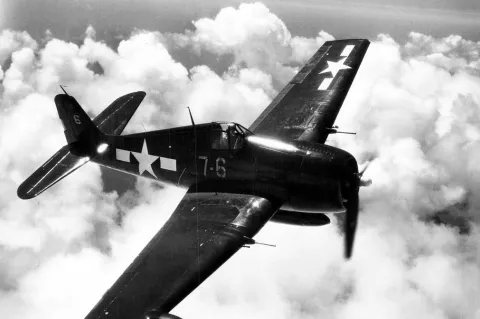Wreck laden with precious cognac located in the Baltic
The vessel rests at a depth of 80 meters and appears to be free of mud. According to some reports, it was carrying mixed cargo including steel products and as many as 1,000 bottles of cognac and 300 bottles of liqueur.
Raumanmeren Hylky-Team is a group of divers and wreck hunters who primarily search for shipwrecks in the Baltic sunk by German submarines during the First World War of which they have located around 20.
The divers say the vessel has remained quite intact. They will decide whether to try to raise the contents after closer examination.

